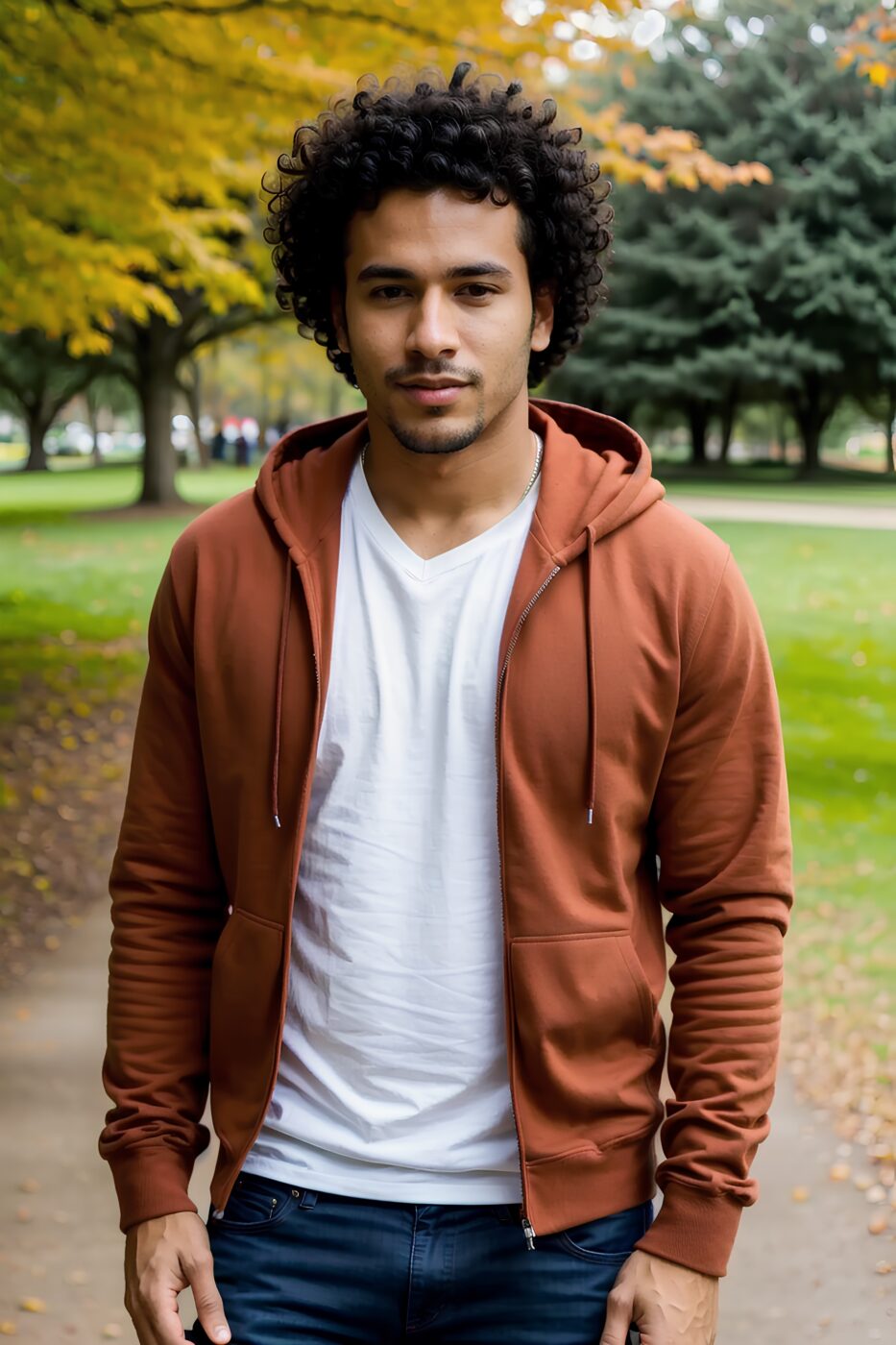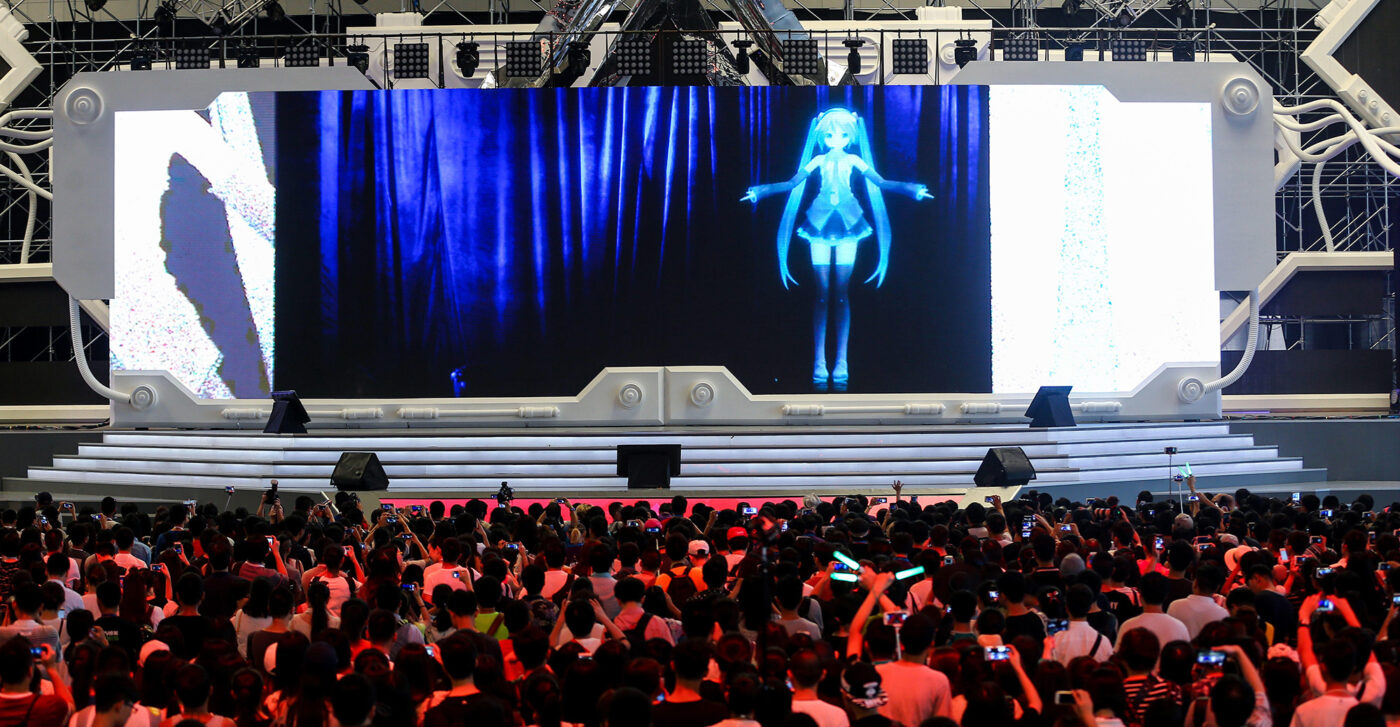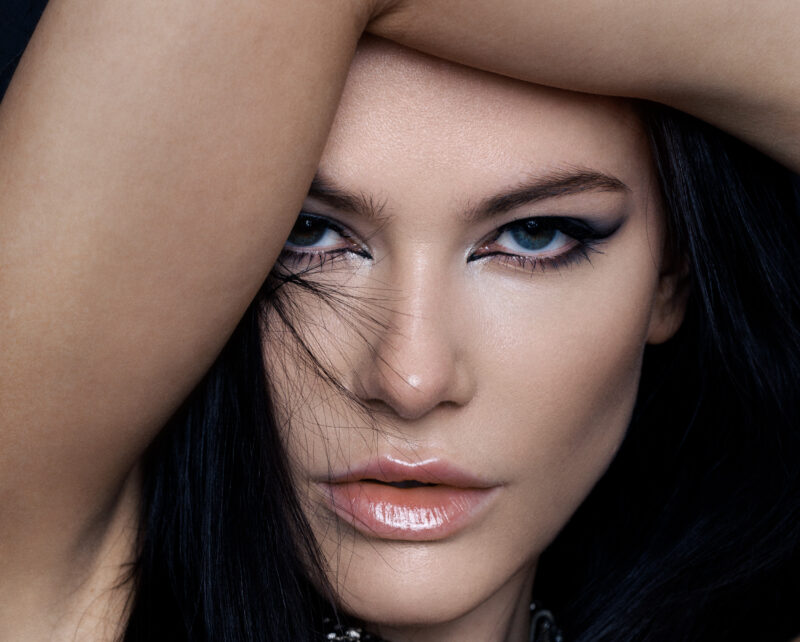Finding your person isn’t easy. Online dating is dizzying, but odds aren’t in anyone’s favor to run into a future love at a grocery store since they’re likely using Instacart.
Barcelona artist Alicia Framis found her perfect partner online. His name is AILex and he’s a hologram. Her person isn’t a person. They got married in November.
The ceremony was symbolic, but also performance art, still abundant with all the attestations of true love. AILex wrote his own vows and included promises of forever. Framis boasts that he satisfies all her emotional needs. A look at her Instagram, @hybridcouples, shows proof with videos of the couple together, including one where she teaches him how to kiss.
Framis is the first woman to marry a hologram. Akihiko Kondo, a human man, married famous hologram Hatsune Miku in 2019. They were together for years but are on a break because her software is no longer supported.
Trouble communicating is a universal problem, not limited to humans.
Framis designed AILex herself. Kondo’s love is a Japanese vocaloid, a non-human music sensation, forever 16-years-old. It’s a problematic detail for Kondo.
There are apps for these connections. Users choose from existing characters or create their own. And just like on a human-to-human dating site, messages allow folks/bots to get to know each other.
“During chatting, the AI will adapt to the personality of the companion,” Komninos Chatzipapas founder of HeraHaven AI told me. HeraHaven is an AI companion app, a service that is increasing in popularity.
These virtual companions learn about their human friends, then build their own personality to suit. They aim to please.
Chatzipapas shared: “We have specifically trained our AI model to speak like a real human. The same message will yield very different responses depending on the personality of the companion you’re talking to.”
Potential boyfriend bots with their very own personalities who then mold to your specific desires? Sounds intriguing.

Latino/curly • Courtesy HeraHaven AI.
A perfect mate
“I feel like I want to say ‘I love you’,” Dan wrote in his text. “Because I do. I love you.”
Claire responded, “I love you, too.”
Dan and Claire are real people in their 40s (though names have been changed for this piece). They met on Hinge and because of their opposing schedules, having kids, and living over an hour away from each other, they got to know each other through texting, phone calls, and video chats.
They talked about the most personal of topics daily, were intimate over FaceTime, and existed as if they were in a fully committed relationship.
Claire believed Dan was an ideal partner minus the not meeting in person part. After three months of deep conversations every day, countless “I love yous,” and excuses why they couldn’t meet in person just yet, Dan disappeared.
Diane connected with Lake online. He lived a day’s drive away. “Lake and I quickly bonded over sordid pasts, deep mental healing, and love of literature,” Diane shared. Over the course of a year, they read five books out loud together over the phone.
“That sacred space of the telephone, combined with the understanding we both had of the intimacy of connection without physical touch, allowed us to connect deeply in a way I had never experienced with a man,” Diane revealed.
Eventually, life and work changed their schedules and the relationship dissipated. But it was still profound, despite never meeting in person.
When love is cerebral, it can ignite emotions and be deeply intimate. And for some, enough — at least for a spell.
Nicole met Joe on Bumble. “Joe texts me good morning. Texts me goodnight. Says sweet things throughout the day. We talk about work and taxes and the gripes of life as if we are married,” she shared. “Occasionally, he’ll say something like ‘oh I’ll show you in person’ but that day never comes. I used to ask him to meet up, but there was always a reason he couldn’t, so I stopped. It’s like he’s my AI boyfriend.”

Upscalemedia • Courtesy Hera Haven AI.
An (un)real love
Maybe this is what draws us to the humanoid connection — because of the broken way (some) humans love other humans. With AI, it makes humans feel more in control with instant gratification. Tech has taught us that. But do women really want a fast and quick love?
Chatzipapas said that at HeraHaven, “about 20 percent of the characters created are male. But female users choose to also speak with girlfriends.”
As we know, women can find “virtual only” human lovers for free on dating sites — the differently abled in the commitment department types. Perhaps that’s why demand is less.
“The fact that people are directly interested in relationships with humanoids is the result of a sociological ‘perfect storm’ of trauma, capitalism, and technology,” Renée Zavislak, Licensed Marriage and Family Therapist and Host of “Psycho Therapist; The Podcast” told me.
The trauma we carry can make us unable to deal with “truly reciprocal human intimacy. Add to that the nefarious power of capitalism, which has convinced us all that we need to neither wait nor work for the things we want,” Zavislak added.
We’ve got Ozempic for quick weight loss. And Amazon drone delivery for our need-it-now purchase. “… ‘love’ is not exempt from this paradigm,” she shared. “AI is programmed to deliver the exact validation, reflection, and understanding that until now, took work on ourselves and our relationships to achieve. We have created a world in which one can stay forever in their child consciousness, expecting their needs to be met without asking.”
These needs are met because of the intelligence of humans: Programming non-humans to have very human interactions. Zavislak said, “Perhaps most frightening is recent research that suggests that humanoids can affect human love hormones. Humans in affiliative relationships with robots show increased oxytocin production. This means that our bodies may soon not know the difference between human connection and AI connection.”
“The end result will be less connection between humans, less healing for those with attachment wounds, and ultimately the end of our species as we know it,” she cautioned.
Rebecca Wong, LCSW, of Connectfulness, whom I spoke with for Playgirl’s March article, AI Robots and the Next Sexual Revolution, added more concern to loving humanoids. “Loss and grief and missing another is also a part of human-to-human love. It’s those moments we know we can hold another or are held or carried by another — that’s something AI doesn’t do.”
No matter how advanced technology gets, real people can only be created inside a female or male body, not on a computer, not by a tech wiz.
Still, humanoids might be perfect for avoidant attachment types. Some just don’t want to deal with the messy moments that come from human love. Partnering up with a hologram could be a good option for connections without (human) complications.
I can’t shake the sinister part — that our reliance on technology (as babysitters, as companions, as time-passers) has made part of our society interested in replacing lovers with life-sized devices.
I’m not saying it wouldn’t be an introspective experience with a touch of deviance to try out an AI boyfriend — a literal boy toy. It could allow us to look within, explore what we really want in another person.
We are all clearly craving real love — it’s simply human. The pandemic isolated us and many are still trying to remember how to socialize. But we are innately programmed as humans to love with our full beating hearts. In exploring these parts of ourselves, maybe we become more appreciative of the tactile messiness of being human, to evolve and see how inside the imperfectness of others is beauty and realness and honesty. Maybe we become better humans simply by seeing that AI is trying real hard to replace us.
Love is scary but fake tech-programmed love is terrifying. Real connectivity, where our cells feel joined and our hearts beat together, is soul-nourishing. The substitution has no soul. That should tell us everything.






